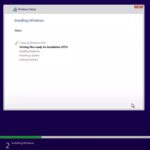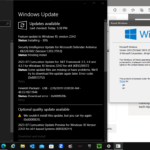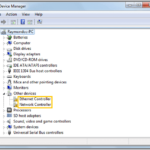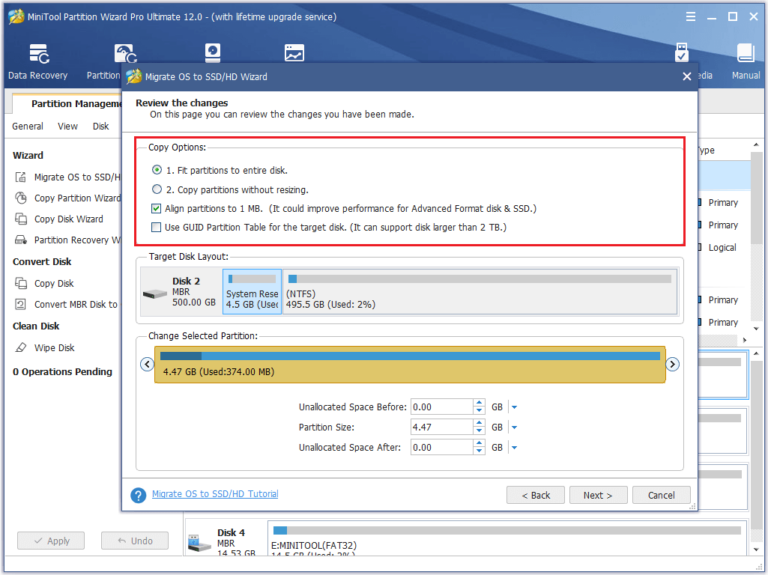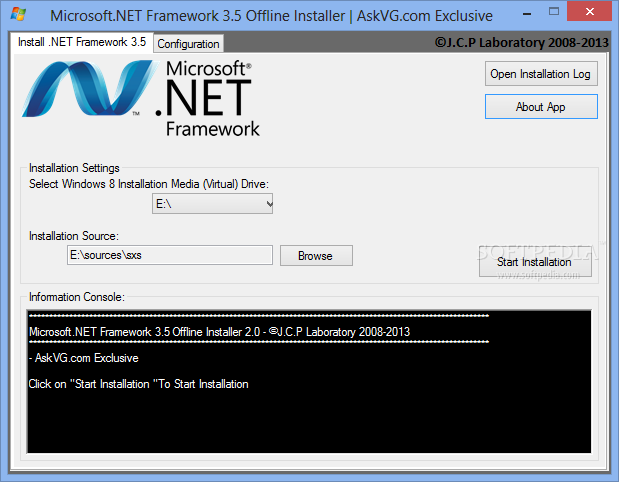Many people wonder how long it takes to install Windows 10. The time needed can change due to different factors. We’ll look at these reasons in this article.
The installation process of Windows 10 includes several steps. The overall time can be affected by the download speed, your computer’s specs, and the installation media type.
We will now examine what influences Windows 10’s installation time. We’ll also see how updates and doing a PC reset can alter the time needed to install Windows.
To start, installing Windows 10 might take from 15 minutes to 3 hours. This depends largely on your PC’s hardware. But remember, this time can change for various reasons which we will discuss.
Next, we’ll delve into the specifics and look at what can change the time it takes to install Windows 10.
Factors Affecting the Windows 10 Installation Time
The time needed to install Windows 10 varies due to several factors. These factors are download time, clean install, hardware setup, and installation media type.
Download Time
The download speed for Windows 10 relies on your internet speed and the file size. A fast connection means a quicker download. Yet, a slow connection or big file will increase download time.
Clean Install
For a clean Windows 10 install, your computer’s hardware affects the duration. A powerful computer with a fast processor and lots of RAM installs quicker. But, a slower processor and less RAM mean a longer wait.
Hardware Configuration
Your computer’s hardware setup significantly impacts Windows 10 installation time. The processor speed, RAM size, and storage drive type (SSD or HDD) all play a role. Each can affect how quickly the operating system installs.
USB/DVD Drive
The installation media type, like USB or DVD drive, also influences time. USB drives often quicken the process. They have faster reading and writing speeds than DVD drives.
Knowing what affects Windows 10’s installation time helps you plan better. By understanding download time, clean installs, hardware setup, and media type, you can ensure a smooth setup.
Installation Time for Windows 10 Updates
Windows updates are key for keeping your Windows 10 safe and running smoothly. The time it takes to install updates varies. It depends on your download speed, computer setup, and the update type.
Cumulative updates are sent out regularly by Microsoft. They fix bugs, enhance security, and boost performance. These updates put all previous ones together. This means your system stays current more efficiently. Cumulative updates usually install quickly.
However, updates that bring in new features take longer. These are the build updates. They are bigger and need more time to download and install. Depending on your internet speed and the update, this could take several hours.
Your computer’s setup also affects update times. The speed of your computer’s disk matters. SSDs work faster than HDDs. This means updates install quicker on SSDs.
To help you understand update installation times, here’s a table. It shows average times for different computer setups and update types.
| Update Type | Computer Configuration | Average Installation Time |
|---|---|---|
| Cumulative Updates | High-end computer with SSD | 10-15 minutes |
| Mid-range computer with HDD | 30-45 minutes | |
| Build Updates | High-end computer with SSD | 1-2 hours |
| Mid-range computer with HDD | 2-4 hours |
These installation times are estimates and can change due to various factors. Task or processes running in the background might also impact time.
Keeping your Windows 10 updated is key for your computer’s security and performance. While installation times vary, setting aside enough time for this process is wise. This is especially true for build updates that take longer.
Installation Time for Windows 10 after Reset
Resetting your PC and reinstalling Windows 10 can vary in time. This depends on your computer’s disk speed. PCs with an SSD can take about 30 minutes. Yet, if your PC has an HDD, it might take several hours. Choosing to keep files can also make it take longer than a clean install.
Want to fix software issues or want a fresh start? Resetting and reinstalling Windows 10 can help. But remember, the type of drive matters. SSDs work faster than HDDs, making the installation quicker.
On an SSD, a PC reset might take around 30 minutes. But an HDD can stretch this time to several hours. It’s because HDDs are slower. So, installing Windows 10 on an SSD is a good idea.
Deciding to keep your files during the reset affects time too. It’s nice to save personal data, but it takes longer. For faster installation, choose a clean install without keeping files.
Performing a Clean Install for Quicker Results
A clean install means deleting everything. This includes the OS, apps, and files. It takes effort to reinstall programs and set everything up again. But, it can make the installation quicker than keeping files.
With a clean install, there’s no need to back up and restore files. This reduces the installation time. Also, it fixes software problems, making your system stable and better.
If you go for a clean install, remember to back up important files first. You can use external drives or cloud services. This way, you won’t lose anything important.
In summary, when resetting and reinstalling Windows 10, the drive type and file choices matter. Choosing an SSD and a clean install can speed up the process. This means a quicker, more efficient Windows 10 setup.
Conclusion
Installing Windows 10 varies in duration. Downloading the ISO file takes 30 minutes to 1 hour, based on your internet speed. The actual setup of Windows 10 can last from 15 minutes to 3 hours. This depends on your computer’s hardware setup.
Remember, upgrading to Windows 10 or adding updates might need more time. Windows updates take different lengths to install. How fast your internet is, your computer’s setup, and the type of update all affect this time.
It’s key to think about these factors when planning to install Windows 10. Knowing how long each part may take helps to plan properly. This planning lets users pick the best time for the installation. Being prepared means a smooth and quick start with Windows 10.
FAQ
How long does it take to install Windows 10?
The time it takes to install Windows 10 can vary.
What factors can influence the installation time?
Several things like download time, computer’s hardware, and the type of installation media can change how long it takes.
How does download time affect the installation?
Download time is influenced by your internet speed and the size of the files. This can change the overall installation time.
Does the hardware configuration of the computer affect the installation time?
Yes, your computer’s processor speed and RAM impact how quickly Windows 10 installs.
Does the type of installation media used affect the installation time?
Indeed, using a USB or DVD for the installation can make a difference in the time it takes.
How long does it take to install Windows 10 updates?
Installing updates for Windows 10 takes different amounts of time. This depends on your download speed, computer’s setup, and the update itself.
What types of updates can affect the installation time?
Different Windows updates, like cumulative and build updates, might need different amounts of time to install.
Can upgrading to Windows 10 or installing updates take longer than a clean install?
Yes, upgrades or installing updates might take more time compared to starting fresh with a clean install.
How long does it take to install Windows 10 after a PC reset?
After resetting your PC, the install time can vary. This is based on your computer’s disk speed.
Does keeping files during the reset process affect the installation time?
Keeping files when resetting can extend the installation time over doing a clean Windows 10 install.


